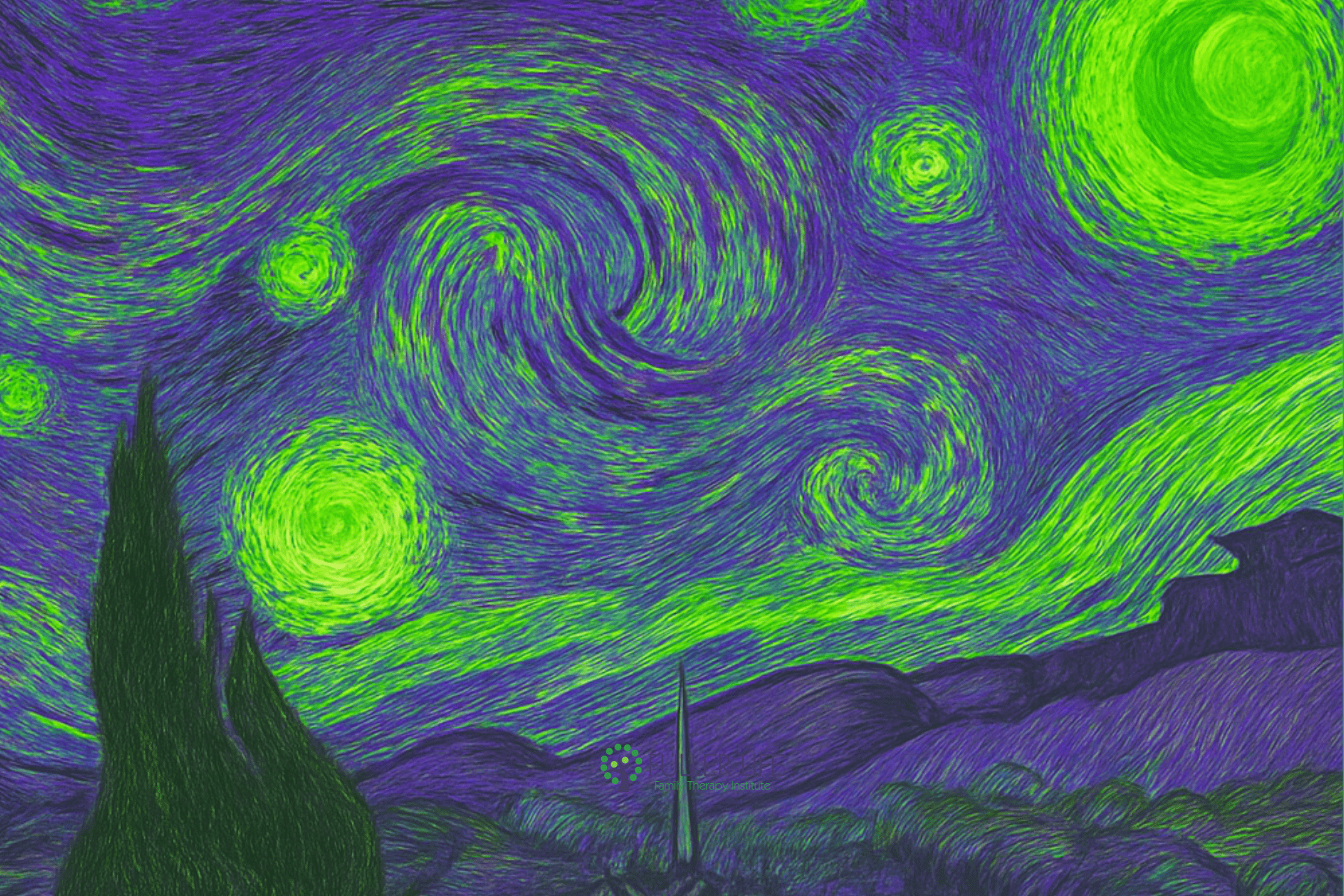What’s the Weather Like Inside You? Mindfulness for Kids and Adults Alike
At times our feelings can feel so jumbled and all over the place that it is hard to put words to all that is going on inside of us.
In these uncomfortable times, it can be easy to adopt unhealthy means of dealing with our emotions such as trying to fight against them, getting swept up in them and overidentifying with them. Learning to understand and accept our interior world is an important skill to cope with the many waves of moods that will come our way throughout life.
Understanding the inner world can be even more difficult for kids and teens who lack an adult vocabulary and understanding of emotion. However, there are many ways to help your children become aware of their internal states.
Personal Weather Report?
One such example is called the “Personal Weather Report” (taken from Eline Snell’s book “Sitting Still Like a Frog”). This practice can be used for ages 4 and up. You can practice this alone, with one of your children who may be going through a particularly tough time, or together as a family.
Sit down comfortably somewhere, close or half close your eyes, and take some time to determine how you are feeling right now. What is the weather like inside you? Do you feel relaxed and sunny inside? Or does it feel rainy or overcast? Is there a storm raging, perhaps? What do you notice?
Without really thinking about it too much, summon the weather report that best describes your feelings at the moment. Once you know how you are doing right now, just let it be… just as it is…; there is no need to feel or do anything differently. You cannot change the weather outside either, can you?
Stay close to this feeling for a while.
Direct your friendly and curious attention to the clouds, the clear sky, or the storm that is brewing…this is how it is right now…; like the weather, you simply cannot change a mood. Later today the weather will be completely different again…, but right now this is how things are. And that is absolutely fine. Moods change. They blow over. There is no need to take any action. What a relief.
For something to listen to, here is a link to a downloadable audio internal weather report guided meditation for children and teens aged 7 and up by Smiling Mind.
Mindful Art
For older teens and adults, you can add depth and layers of understanding to the internal world through the use of art – visualizing and creating landscapes and weather. Here are some steps adapted from the exercise “Landscapes of Emotion” by Cohen, Barnes and Rankin:
- Gather two sheets of paper and your preferred utensils (colored pencis, paints, pastels, etc.)
- Imagine what type of outdoor landscape might represent your current emotional state. Are there mountains, hills, valleys, lakes trees, rocks, etc.?
- Next imagine the climate or weather conditions in your landscape that corresponds to your current emotional state. Is the weather cold, cool, warm, sunny, overcast, etc?
- Now, draw your imagined landscape and climate on the first sheet of paper.
After your drawing, reflect on the following questions…
- How would a person feel if he or she were standing in the different areas of your landscape?
- What would this person do in your landscape – seek shelter, relax, run away?
- List the features in your landscape and try to match each one to one or more feelings.
Now imagine changing the first landscape you created (i.e. new features, rearrangement, change in climate). Draw the changed landscape using the second set of papers.
- Repeat the reflection question in step 5 with the new landscape.
- What differences or similarities do you notice in the two landscapes? Would you prefer one over the other?
This exercise can especially helpful for those who have experienced some form of trauma and are ready to move past the initial trauma coping mechanism of numbing or suppressing feelings to begin reconnecting with emotion. If you think this may apply to you, you may want to use and process this exercise in conjunction with professional therapy or counseling.
We hope these tips help you ride the waves of emotion with mindful acceptance!
References
Snell, E. (2013). Sitting Still Like a Frog.
Cohen, Barnes and Rankin. (1995). Managing Traumatic Stress Through Art.
https://smilingmind.podbean.com/e/6-my-internal-weather-7-11-years/










